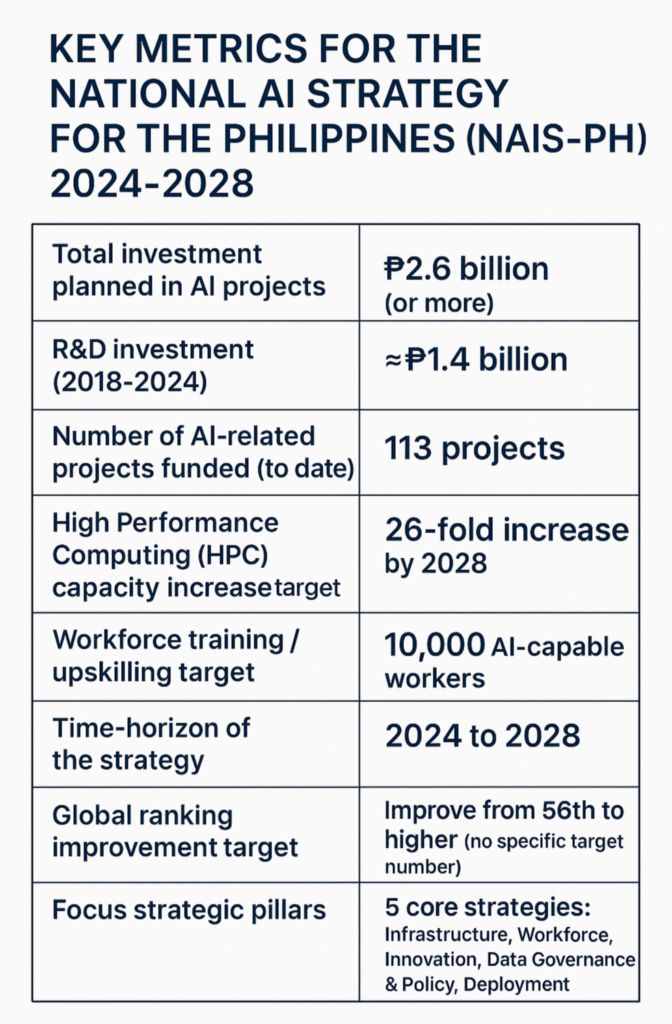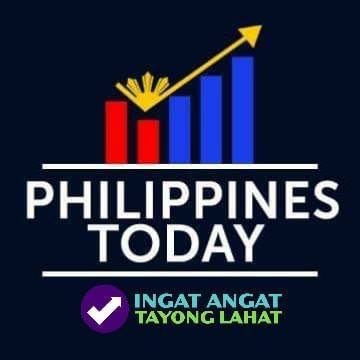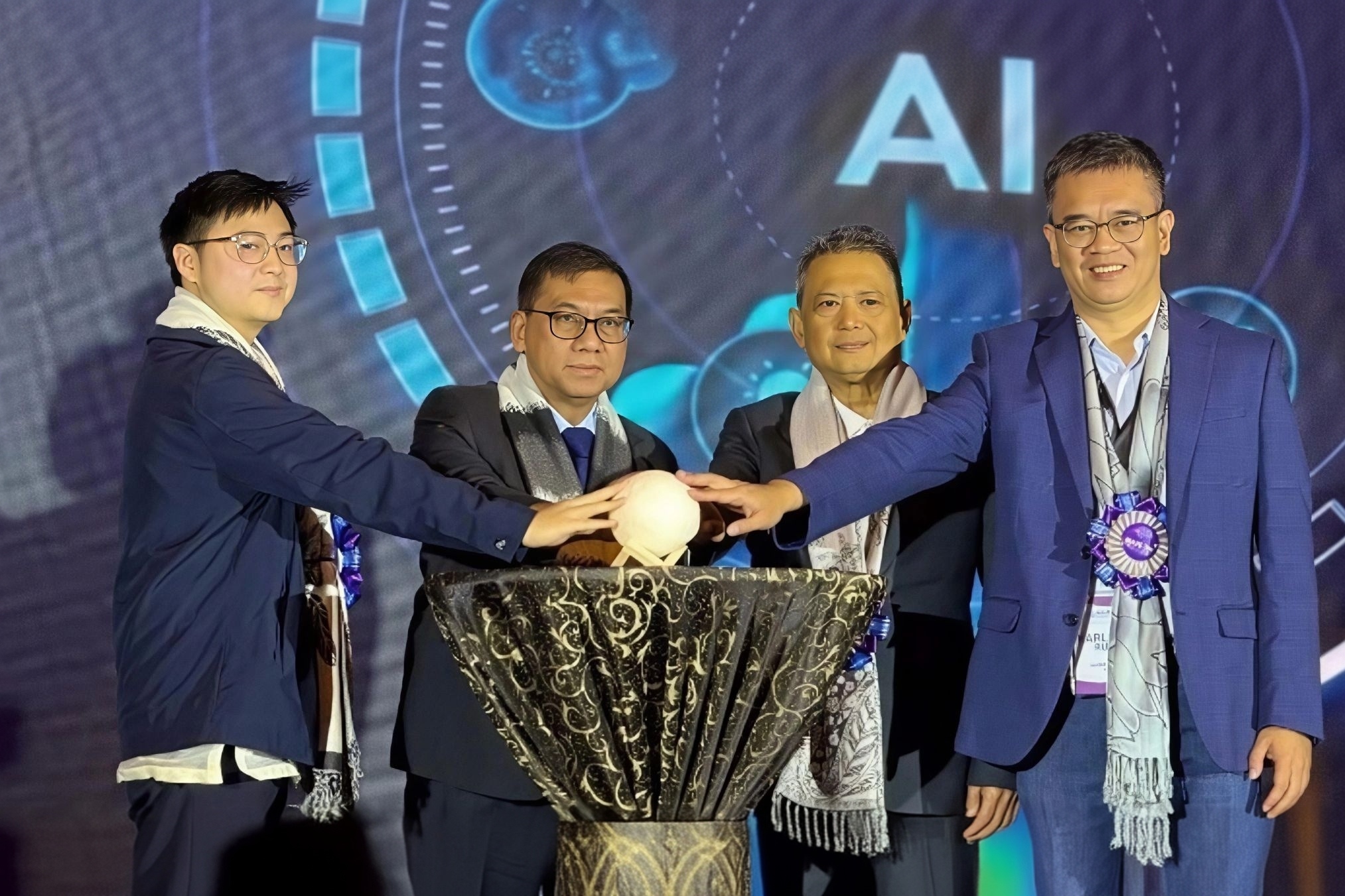DOST targets AI-powered Philippines by 2028
The Department of Science and Technology (DOST) announced that it is aiming to establish an AI-powered Philippines by 2028, unveiling its overarching framework called the National AI Strategy for the Philippines (NAIS PH).
At the first National AI Stakeholders’ Conference held at the Manila Hotel on October 13, DOST Secretary Renato Solidum Jr. declared that the strategy “aims to build a robust infrastructure, develop a future-ready workforce, uphold ethical governance, and strengthen research and innovation” while using artificial intelligence as a tool for inclusion.
“Through this, AI will become a true public good, improving lives, expanding opportunities, and enabling a sustainable tech-empowered future for every Filipino,” Solidum said.
The DOST chief pointed to early applications of AI in transport systems, modernizing financial services, boosting creative industries, improving energy and environmental monitoring, and strengthening national defense and public security as signals that the Philippines is already moving from vision to implementation.
“Most importantly, we have invested more than P2.3 million in 113 AI-related projects because we believe in the Filipino mind’s ability to create, not just consume technology,” he added.
The strategy builds on foundations laid since 2017, when government agencies including the DOST, the Department of Trade and Industry (DTI), the Department of Education (DepEd), and private partners began collaborating to set the national AI roadmap.
“We have trained researchers for the DOST Summer School for AI, acquired high-performance computing infrastructure, and supported AI research and development projects through DOST – Philippine Council for Industry, Energy and Emerging Technology Research and Development (PCIEERD),” Solidum noted.
He also highlighted that the education center for AI research at DepEd is advancing awareness at both basic and higher-level education.
Under NAIS PH, five strategic pillars will guide the country’s efforts: infrastructure; workforce; innovation; data governance and policy; and deployment. “Each strategy ensures coherence and accountability where every agency plays a defined and complementary role. This is what we mean by whole-of-nation collaboration. Each institution contributes its expertise, ensuring that AI becomes part of our national fabric—ethical, sustainable, and inclusive,” Solidum said.
In practical terms, the DOST is targeting to train 10,000 AI-capable workers and aims to expand higher-education and continuing-education offerings on AI micro-credentials. It plans to leverage platforms such as Coursera and Sparta for scalable learning, underscoring that the workforce should be “industry-ready to support AI integration in businesses.”
However, industry observers and civil-society voices caution that the plan will only succeed if significant hurdles are cleared.
A study by the Philippine Institute for Development Studies (PIDS) found that despite broad access to computers and internet, only 14.9% of Philippine firms use AI tools, with adoption concentrated in urban ICT and BPO sectors; many micro, small and medium enterprises (MSMEs) remain largely on the sidelines. Structural barriers such as weak infrastructure, limited technology awareness, and skills gaps were identified as key impediments.
Industry leaders have voiced similar views. Jack Madrid, president of the IT and Business Process Association of the Philippines (IBPAP), commented last year: “Generative AI will not replace people… but people who use Gen AI will replace people who don’t.” He mphasized the need to upskill the workforce to stay competitive.
From a governance perspective, UNESCO’s AI Ethics and Governance Observatory reported that the Philippines “has taken commendable policy strides” but still faces “regulatory and infrastructure gaps” that could limit its ability to scale innovation responsibly. “The Philippines has yet to fully get its ‘house in order’ to harness its true potential in AI adoption,” the observatory said, recommending harmonizing laws and accelerating investment in research and education to ensure that AI growth remains inclusive and ethical.
As the DOST moves forward with NAIS PH—defining sectoral targets, agency roles, and resource allocations—the two-day conference brought together government, industry, academe, startups, and civil society to begin molding a collaborative AI ecosystem.
The success of the strategy will depend as much on execution on the ground as on the high-level vision. For Filipinos to fully benefit, AI must not only run in data centers but reach classrooms, farms, factories, homes, and public-service desks.
With 2028 as the pivotal horizon, the clock is ticking on turning the ambition into widespread, inclusive impact.




0 Comment